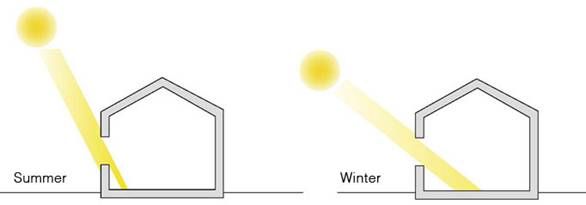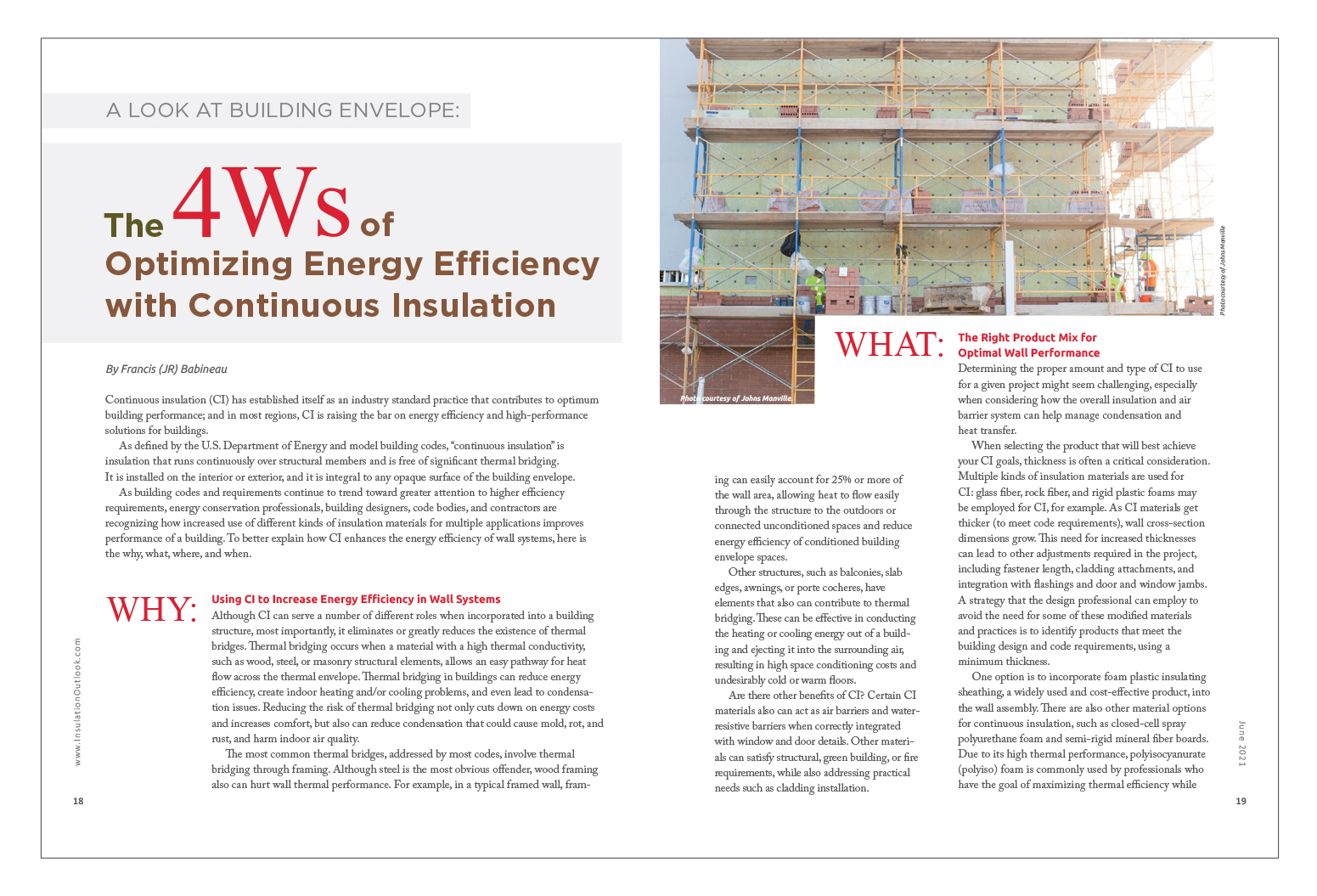

Increasing the thickness of insulation results in increased cost. This is evident from the fact that the thickness of insulation in building has increased since the early 1970s, almost doubling in Northern Europe ( Papadopoulos, 2005). The method was very popular, especially in Northern Europe. Increasing the thickness of the insulating material is the simplest way to increase the thermal resistance of a facade. 8.2.1 Increasing thermal resistance of the building envelope Have effective airflow control to minimize infiltration of outdoor air. Use vapor barriers and are effective in vapor control,

Have high thermal resistant materials in the facade of the building, Building envelopes of energy-efficient buildings are not simply barriers between interior and exterior they are building systems that create comfortable spaces by actively responding to the building’s external environment, and substantially reduce the buildings’ energy consumption ( Aksamija, 2015 ). Since a building envelope separates the unconditioned exterior environment from the conditioned interior space, it is one of the key factors that impact building energy consumption. A building envelope consists of fenestration (doors and windows), roofs, walls, and insulations. A building envelope is a physical barrier between the external environment and the internal conditioned space, keeping the residents comfortable.


 0 kommentar(er)
0 kommentar(er)
